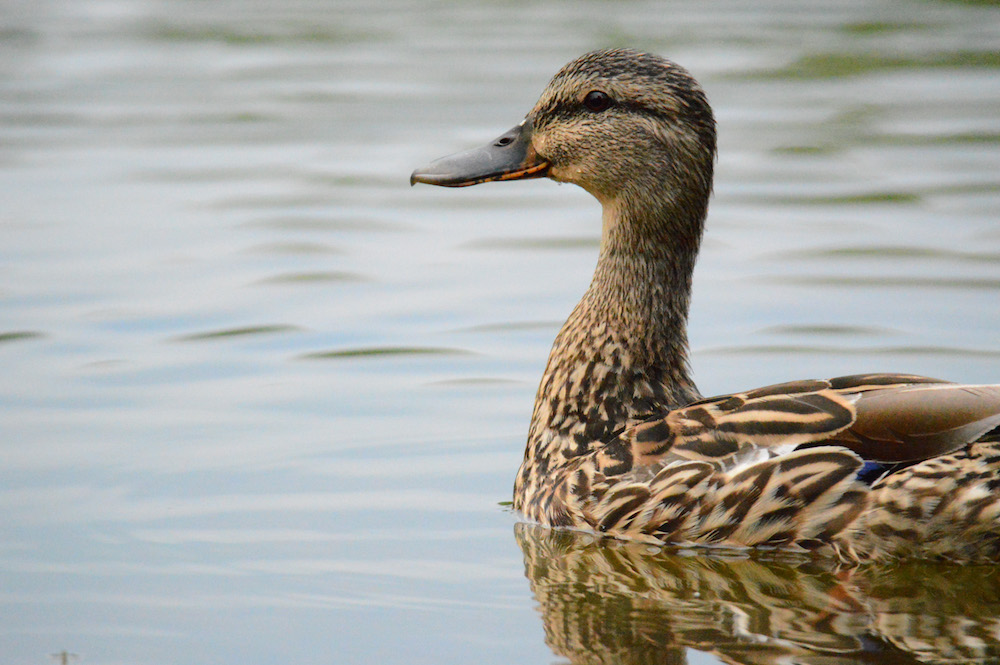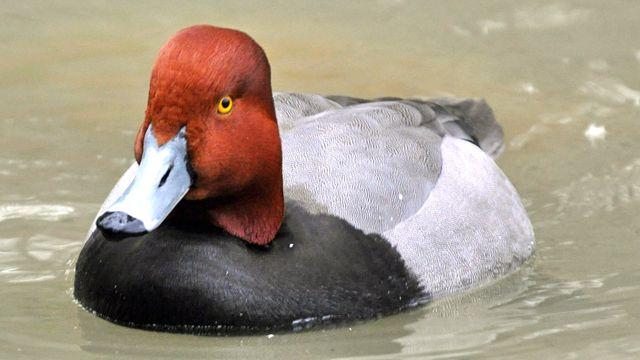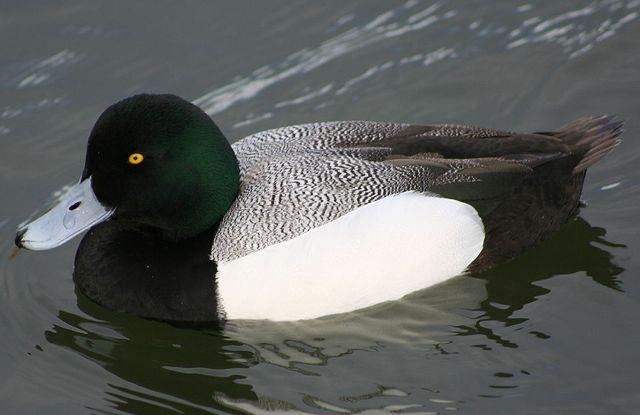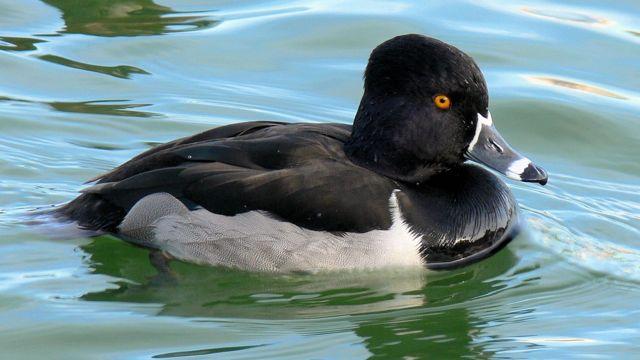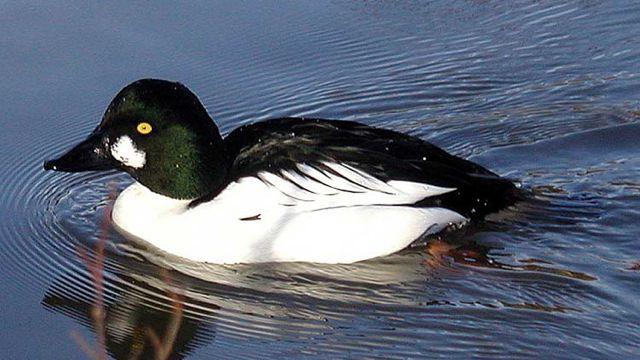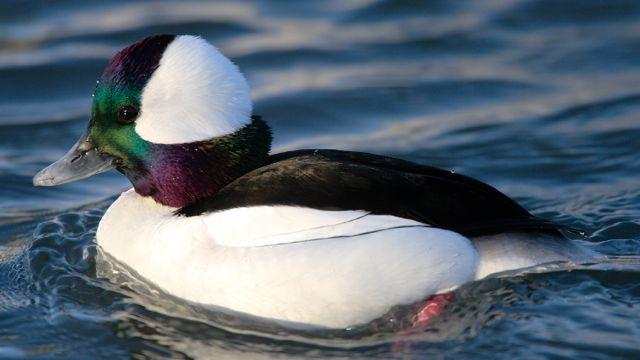The Other Ducks (Part 2 of 2)
Redhead, Scaup, Ring-necked Duck, Goldeneye, Bufflehead
Advertisement
Redhead
Overshadowed by the stellar reputation of his big brother the canvasback, this large diving duck actually has many attributes the canvasback doesn’t. For one, it’s much more susceptible to decoying, coming in without hesitation and often trying to land when hunters are amid their blocks retrieving birds. The movement clearly appears to attract rather than repel them.
Advertisement
Where
Though a prairie/parkland breeding bird by nature, and *the* diving duck of the Central Flyway, redheads can be found on large marshes, lakes and reservoirs along all four flyways during the fall. Lake Erie’s Long Point Bay, Lake Ontario and the St. Lawrence River are traditional redhead hunting grounds.
How
While fast on the wing, redheads don’t have the speed of canvasbacks, and they often fly in larger flocks, making for easier shooting opportunities. They typically trade on the wind in Vs or long lines, making it simple to identify them at a distance. They feed almost exclusively on aquatic plants, so hunters are wise to set up near beds of wild rice, sago pondweed or wild celery. This vegetarian diet contributes to their wonderful eating qualities. Use diving-duck decoys; the dark/light contrast of these blocks is key.
Scaup
The fighter jets of the duck world, scaup are compact birds that twist and dart in waves, buzzing your decoys when you least expect them. Lesser scaup (bluebills) and greater scaup (broadbills) look very similar, but as their names suggest, there’s a noticeable size difference. Though more omnivorous than redheads or canvasbacks, scaup are a fine-eating duck; they’re just not well suited to plucking and roasting.
Advertisement
Where
Like any duck, scaup are attracted to food during the fall. Look for them on large wetlands and reservoirs with healthy stands of emergent vegetation, such as wild rice, as well as plenty of submerged vegetation—sago pondweed is a favourite. Scaup are restless ducks, often flying about irregularly on the large marshes and lakes they’re attracted to during the fall migration. They’re gregarious by nature, at times amassing in huge rafts on the water. Lesser scaup are found most often on large wetlands and reservoirs from Great Slave Lake southeast through the Prairies, with Lake Manitoba, Georgian Bay and eastern Lake Ontario proven locations. Greater scaup are more likely to be found through the Great Lakes and along both the Atlantic and Pacific coasts.
How
Scaup decoy well, never having met a party they didn’t like. They love the rough weather, too, sticking it out in Canada long after their more celebrated diver cousins have skipped town. Scaup also respond more regularly to calling than do other divers—their purr is an iconic sound on wilderness marshes.
Ring-necked Duck
Blackjacks, as they’re affectionately known, are the duck most underappreciated by the hunting community. Perhaps one of the reasons they don’t attract more attention is that they can be extremely hard to hit on the wing, owing to their speed, agility and relatively small size. However, these jittery bundles of energy are the most vegetarian of the divers and are nothing short of delicious, whether barbecued, roasted or pan-cooked.
Where
More so than other diving ducks, fall ringnecks can be found on smaller wetlands and marshes, the secluded bays of large lakes and riverine wetlands, where they feed on the tubers, seeds and leaves of aquatic vegetation. They’re often found in mixed flocks with scaup, and it’s likely many hunters confuse the two, even in the hand. They range from B.C. through to Newfoundland, though most migrate south through the Central and Mississippi Flyways. The most ardent ringneck hunters seem to focus in Ontario, with Lake of the Woods, Lake Erie’s Rondeau Bay, Hullett Marsh and the Kawartha region being perennial favourites.
How
Blackjacks fly in fairly loose, small-flock formations, often coming straight into the decoys with no hesitation or circling. Unlike scaup set-ups, more isn’t necessarily better when it comes to decoying. Small rigs in hidden wetlands can produce astounding results—the trick is scouting to find the marshes these little speedsters are using.
Goldeneye
As a gunning bird, goldeneyes are a sportsman’s dream. They’re hardy and hefty, sticking around until the last vestiges of open water have disappeared. And they’re fast, agile flyers. Goldeneye are the true carnivores of the diving duck world, however, and that reliance on molluscs, crustaceans, insects and fish leaves them with a, shall we say, strong taste. Breast them and rest the meat in an acidic marinade, however, and they’re palatable, if not mouthwatering.
Where
Goldeneye prefer large inland lakes, reservoirs and rivers, as well as coastal bays. They can be found across Canada, although the Great Lakes and St. Lawrence River always host large numbers. Brackish waters and coastal bays on both the Atlantic and Pacific coasts are also reliable hot spots.
How
Goldeneye are willing decoyers, especially when you’re floating diver blocks. They’ll often complete a fly-by or two before landing, however, typically at the edge of your spread. What really sets the goldeneye apart from their brethren is their ability to absorb shot—they’re downright difficult to kill on the wing thanks to their dense, near-impenetrable feathers and thick layers of fat. And if a goldeneye hits the deck head up, it’s not only sporting but a necessity to swat it immediately. If you allow the bird to dive, odds are you’ll never catch up to it, even with the finest retriever in pursuit. They may be tough to eat, but they’re even tougher to kill.
Bufflehead
Any duck with the nickname “butterball” has to be cute, and the bufflehead certainly fits the bill. The smallest of our diving ducks, bufflehead actually earned the moniker for their deserved reputation as being fat and appetizing.
Where
Inland, fall bufflehead are most often found on large lakes or major river systems, where they feed on seeds and animal matter. They’re also found on both coasts, where they inhabit sheltered coves, harbours and estuaries, avoiding the open coastlines. Late migrators, they’re still around after most species have departed. Although they can be found across Canada in the fall, bufflehead are particularly abundant along the West Coast, the Lake Ontario region and the southern coasts of New Brunswick and Nova Scotia.
How
Most often bufflehead are seen as singles, pairs or in small flocks, and they’re not particularly strong decoyers. And on the odd occasion when they do come to the blocks, they tend to sit on the farthest edge of the spread, usually out of gun range. Bufflehead are not especially fast flyers, tending to travel in straight lines low to the water, but they’re easy to miss. And their preference for flying just above the surface means that when you do miss, you’ll see your pattern splash in the water behind them, irrefutable evidence you’re not leading them enough. Yes, it’s difficult to specifically hunt for bufflehead—most often they’re a target of opportunity when hunting other species on large waterbodies—but when they do fly by your blind, don’t hesitate to take advantage.

